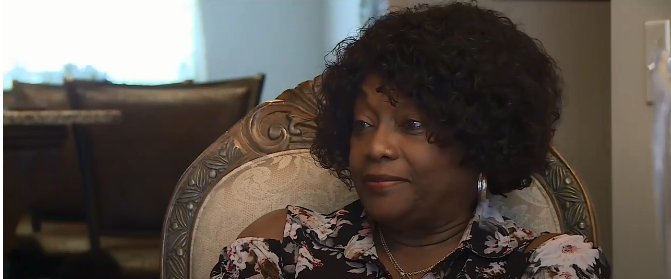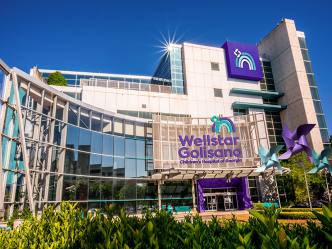| Lottie Davis has been struggling with obstructive sleep apnea for nearly a decade. She wakes up exhausted every single day and her health has been declining as a result.
“I needed to treat it because I kept waking up in the morning, three to four times a night,” she said. “I wasn’t able to rest at night.” For Obstructive Sleep Apnea, doctors will prescribe a CPAP machine, with a mask worn at night which delivers constant and steady air pressure. Normally, a sleep apnea patient’s passageway gets restricted due to multilevel airway obstruction, mainly the soft palate and the tongue, which causes snoring and interrupts sleep many times during the night. In a way, the patient is being strangled by their own body. Sleep apnea has been associated with an increased likelihood of cardiovascular disease, strokes, diabetes, depression, cardiovascular problems and other illnesses. Davis tried two different CPAP machines but could never get comfortable with them. In addition, she underwent surgery for her nose and palate without relieve of her symptoms. “I would have to take it off in the middle of the night because I would hyperventilate,” she said. “I couldn’t stand for it to be on me.” Her doctor, Dr. Stilianos Kountakis, chair of the Department of Otolaryngology-Head and Neck Surgery at the Medical College of Georgia at Augusta University, referred her to Dr. Camilo Reyes Gelves, a fellow otolaryngology specialist at Augusta University Health, who suggested a better alternative. Reyes said she could try having a pacemaker-like implant surgically placed in her body: a Hypoglossal Nerve Simulator, an “Inspire” device. “It’s not a difficult procedure to do, but there are a lot of steps to do it,” he said. “One surgery, but three incisions. One in the neck, one in the upper chest and one in the lower chest by the ribcage.” The device, placed just under the skin during a short outpatient procedure, delivers a mild, non-painful electrical pulse to key airway muscles during sleep, pushing the tongue forward and allowing the airway to remain open. Davis said she was immediately interested in this surgery, which Reyes performed on March 26. “If something was going to make my life easier, I was all for it,” she said. Patients undergoing the procedure require six weeks recovery time before the remote-controlled device can be used – so this Friday, May 17, Davis will return to AU Health to have the implant activated by fellow AU Health otolaryngology specialist Dr. Mingsi Li and begin to get some much-needed rest. “I am truly looking forward to that moment,” she said. According to her doctors, Davis won’t need any additional surgery until it’s time to replace the battery, which isn’t expected for 11 more years. The Inspire stimulator is an option for patients 22 and older who have been diagnosed with moderate to severe obstructive sleep apnea, are unable to use or get consistent benefits from a CPAP, are not significantly overweight and can pass an airway anatomy exam. UPDATE: WRDW-TV did a follow-up to check on Davis’ progress. |
Sleep apnea patient receives first-in-CSRA implant for a better night’s sleep

111
 Augusta University
Augusta University



